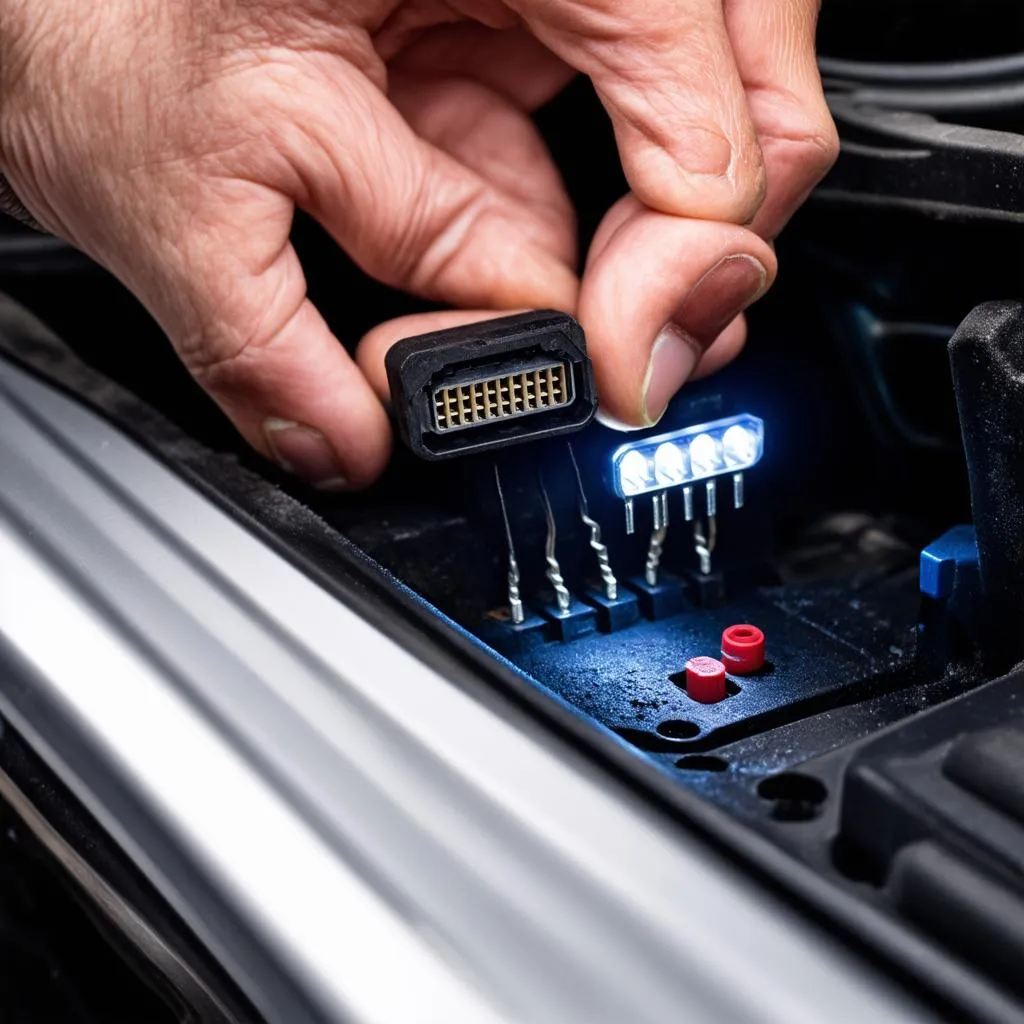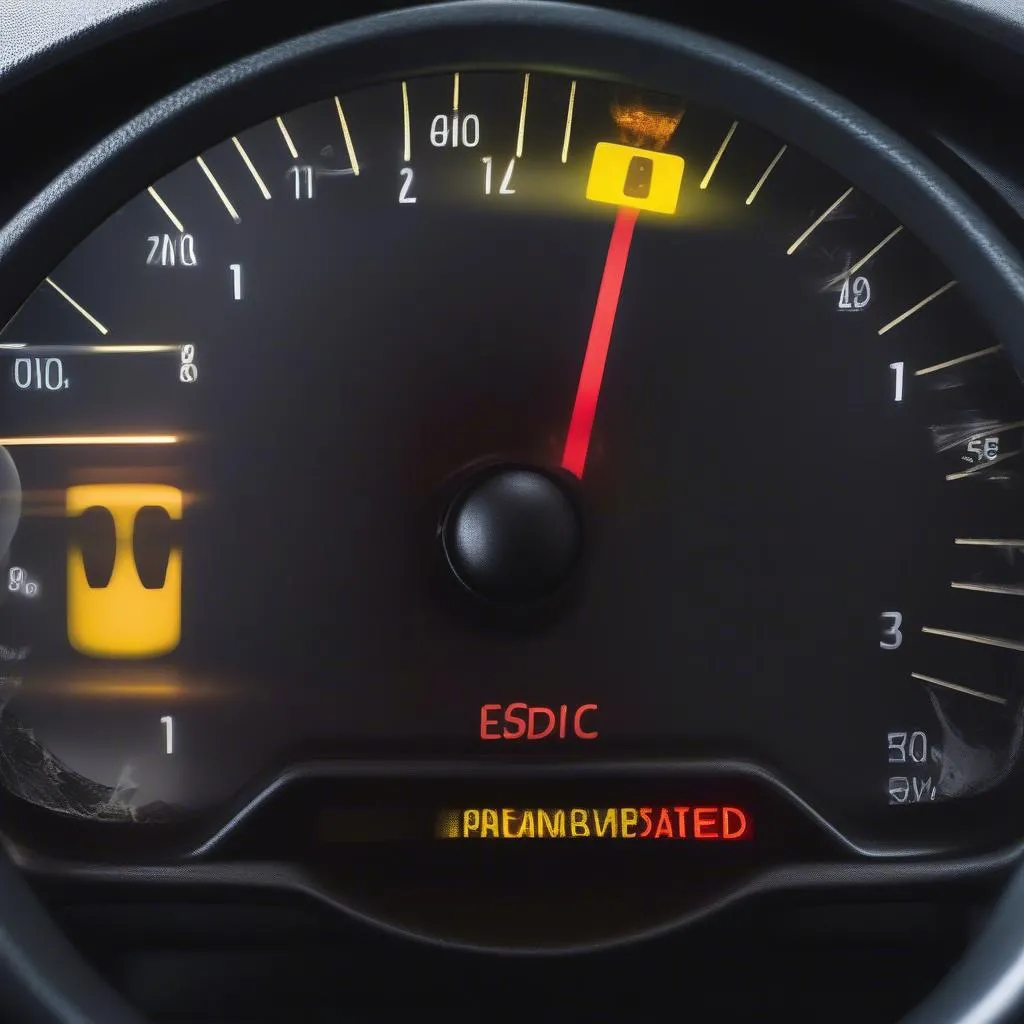The Mercedes-Benz E30, a classic beauty, isn’t exactly known for having a “hyper drive.” In fact, the term “hyper drive” is usually associated with science fiction, not automotive mechanics. So, if you’re experiencing issues with your E30 and came across this term, it’s likely not the source of the problem.
This article will delve into common Mercedes E30 issues and how to diagnose them. We’ll steer clear of fictional technology and focus on real-world solutions for your beloved classic car.
Understanding Common Mercedes E30 Issues
Before jumping to conclusions about hyperdrives, let’s get real about the E30. These cars, while legendary, are often plagued by age-related issues.
Common Culprits:
- Fuel System: Fuel pumps, injectors, and filters can wear out, leading to starting problems, rough idling, or poor performance.
- Electrical Gremlins: Aging wiring harnesses and sensors can cause a host of electrical issues, from faulty gauges to engine misfires.
- Vacuum Leaks: The E30’s engine relies on a complex vacuum system. Leaks can wreak havoc on idle speed, fuel mixture, and overall engine performance.
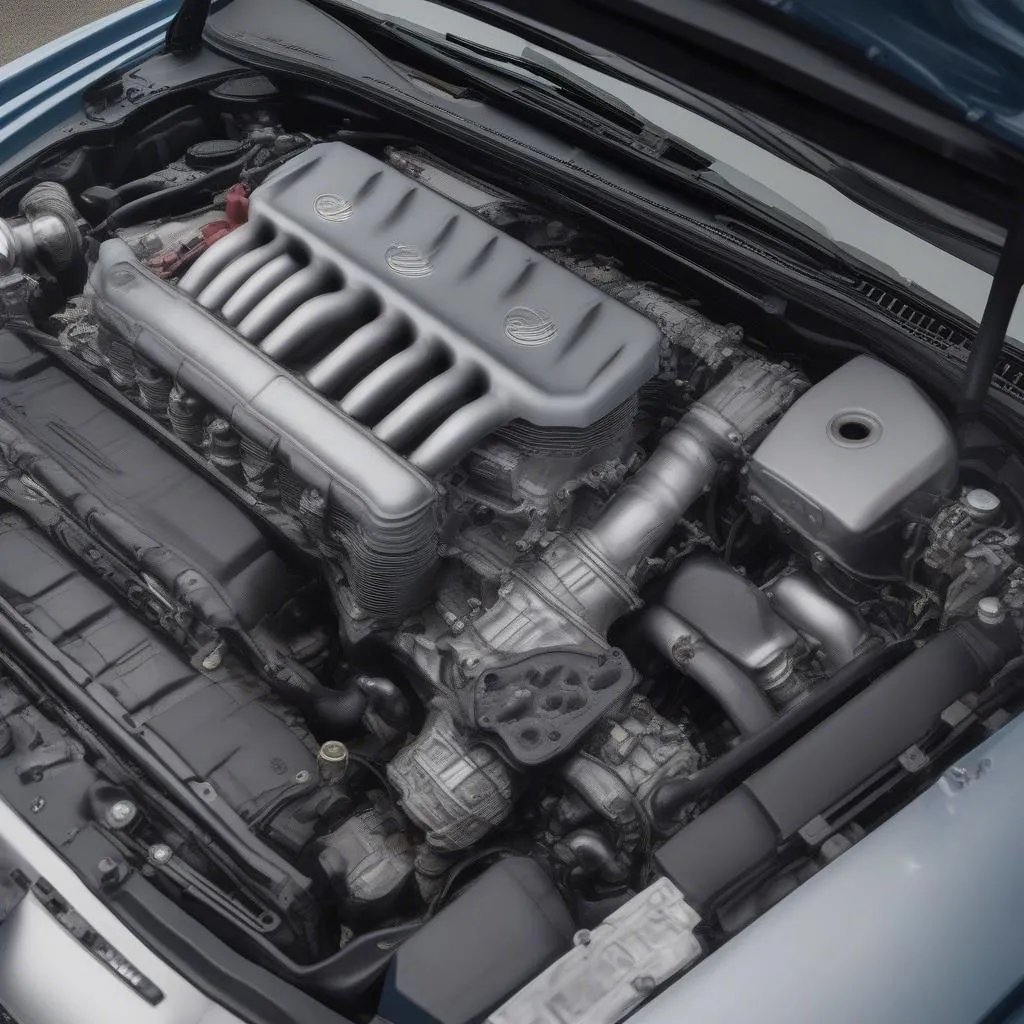 mercedes-e30-engine-bay
mercedes-e30-engine-bay
Diagnosing the Problem
To fix your E30, you need to identify the root cause.
How to Troubleshoot:
- Check Engine Light: This is your first clue. A professional-grade OBD1 scanner, like those offered by Cardiagtech, can read the error codes and point you in the right direction.
- Listen Up: Strange noises are often early warning signs. A whining fuel pump, clicking relays, or hissing vacuum leaks are all telltale signs of trouble.
- Visual Inspection: Pop the hood and look for anything out of the ordinary – loose wires, cracked hoses, or corroded connections.
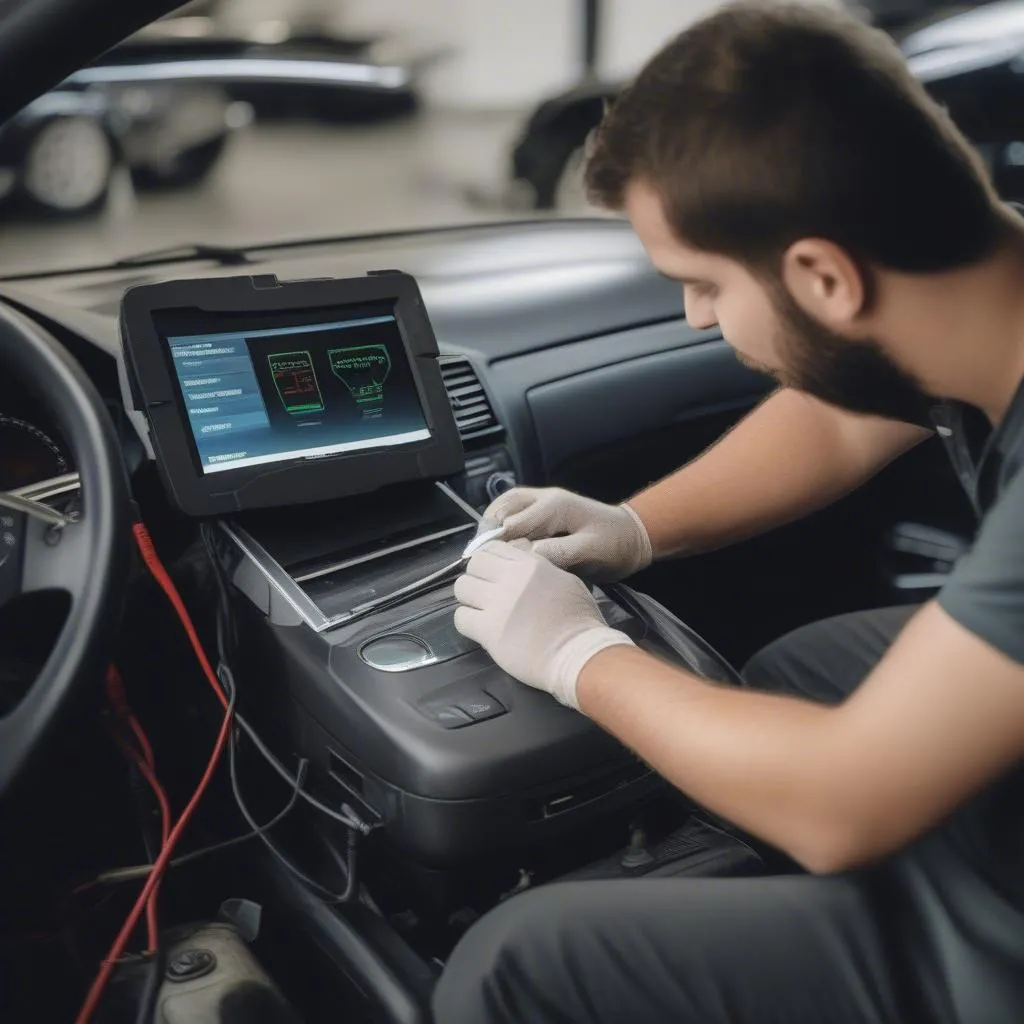 e30-diagnostics
e30-diagnostics
Gearing Up for Repairs
Once you’ve diagnosed the issue, it’s time to gather your tools and get to work.
Essential Tools:
- OBD1 Scanner: Again, a reliable scanner is a must-have for any E30 owner. CARDIAGTECH offers a range of options to suit your budget and needs.
- Basic Hand Tools: A good set of wrenches, sockets, and screwdrivers will get you through most repairs.
- Repair Manual: A Haynes or Chilton manual specific to your E30 model year is invaluable.
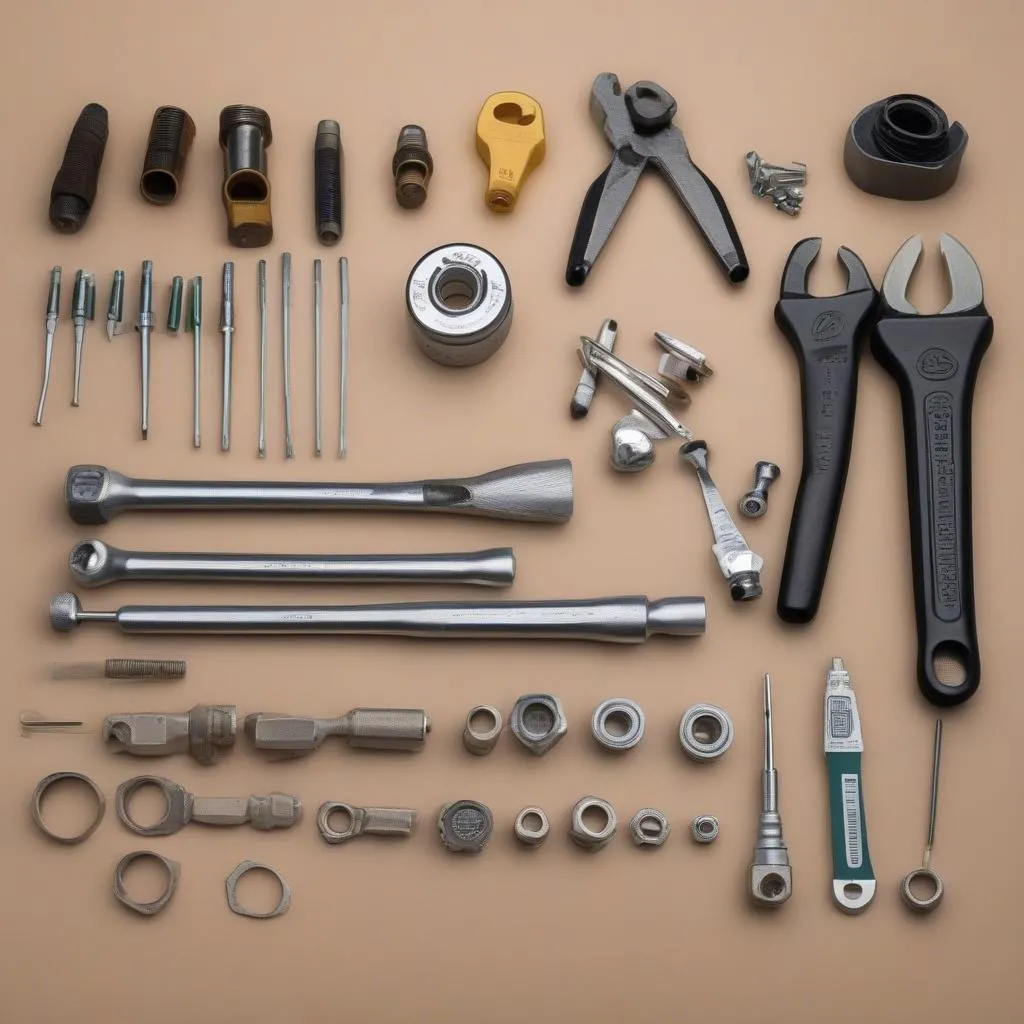 mercedes-e30-tools
mercedes-e30-tools
Repairing Your E30
While some repairs are best left to professionals, many E30 owners enjoy the satisfaction of DIY fixes.
Before You Start:
- Safety First: Always disconnect the battery before working on any electrical components.
- Take Your Time: Rushing can lead to mistakes. Be patient and refer to your repair manual often.
- Don’t Be Afraid to Ask for Help: Online forums and E30 communities are great resources for advice and support.
Frequently Asked Questions
Here are some common questions E30 owners have:
Q: My E30 is idling rough. What could be the problem?
A: Several things could cause rough idling, including:
- Vacuum leaks: Check all vacuum hoses for cracks or loose connections.
- Dirty or faulty idle air control valve: Try cleaning the valve, or replace it if necessary.
- Spark plugs or wires: Worn spark plugs or wires can also cause rough idling.
Q: My “Check Engine” light is on. What should I do?
A: Use an OBD1 scanner to retrieve the error codes. These codes will provide valuable information about the issue.
Q: Where can I find reliable parts for my E30?
A: Reputable online retailers and auto parts stores are your best bet.
Conclusion
While “hyper drive” might not be a real thing for your Mercedes E30, the issues you encounter are very real. With a little knowledge, the right tools, and a dose of patience, you can keep your classic Mercedes running smoothly for years to come.

